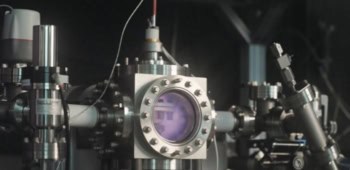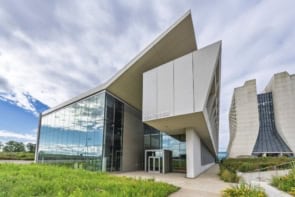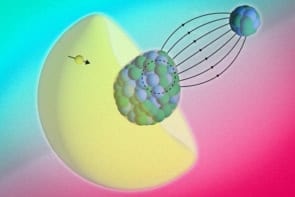
The €5bn ITER fusion experiment currently being built in Cadarache, France, will not be able to test the possibility of generating fusion power until 2026 — three years later than intended — according to a new plan approved by ITER’s governing body.
At a council meeting this week in Mito, Japan, members of the ITER council said that the facility will begin experiments in 2018 as intended, but that certain components critical for running a deuterium and tritium (D–T) plasma will now not be installed when construction is complete.
“In order to substantially reduce overall risk, the primary components of the ITER machine will be assembled and tested together before the progressive installation of in-vessel components continues,” the council said an ITER statement.
Controlling D-T plasma
ITER involves heating and controlling a D–T plasma until it is so hot that the nuclei can overcome their mutual Coulomb repulsion and fuse to produce helium nuclei and 14 MeV neutrons. The idea for a fusion power station is to then to extract the heat of the neutrons, which would be used to boil water and drive a steam–powered electrical generator.
Once constructed, ITER will only use hydrogen for fusion to avoid activating the magnets when testing all the components. The original plan was that researchers would only start using deuterium and tritium in 2023 after five years had been spent testing ITER components with hydrogen. But because certain critical components will not be installed immediately the first D–T plasma is now set for 2026 — three years after the originally planned date.



